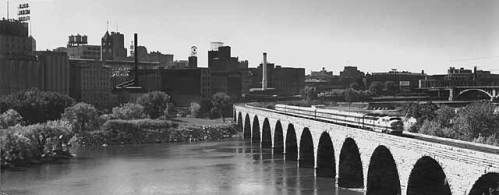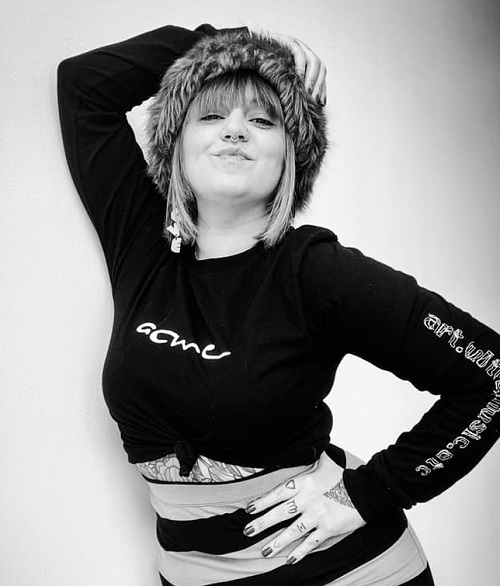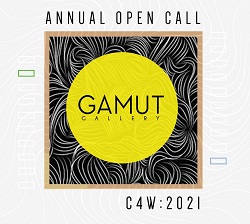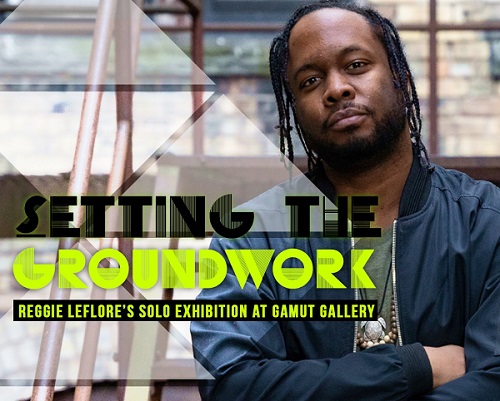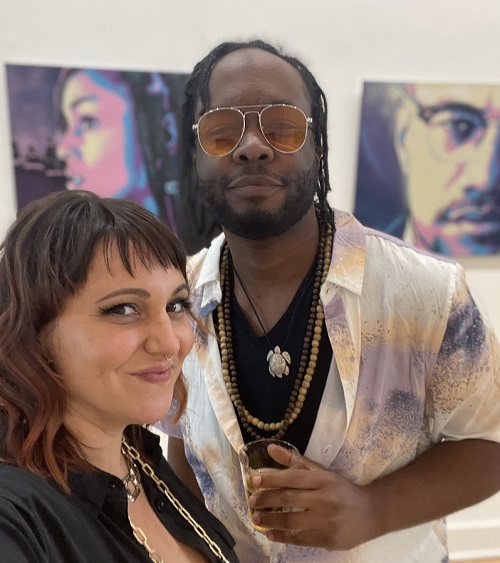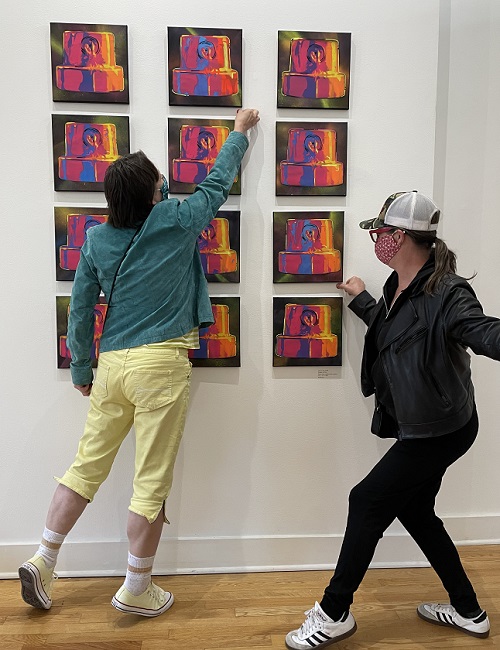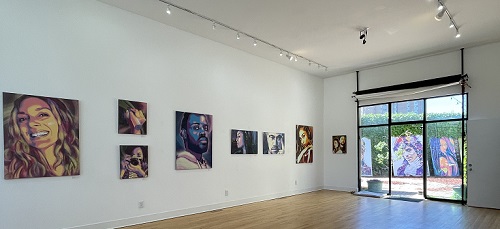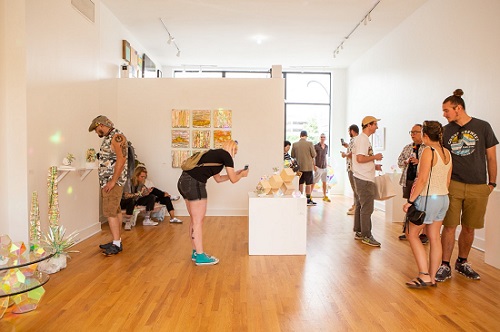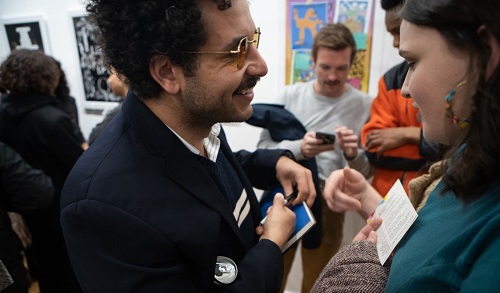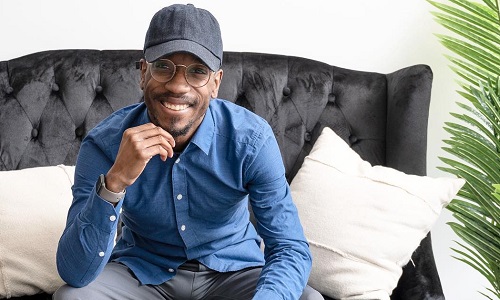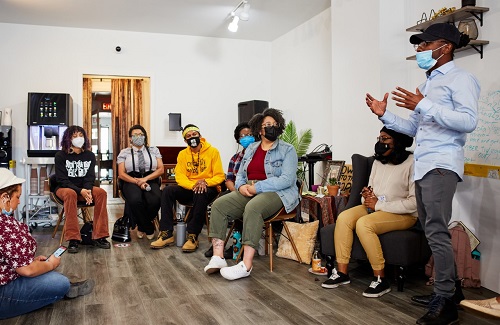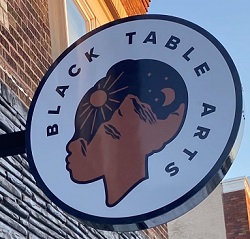Via a May 27 Press Release
 Washington, DC, is the best city park system in the nation, reclaiming the ParkScore title it last held in 2019. Saint Paul ranked second on the Trust for Public Land’s annual ParkScore index, and Minneapolis placed third. The Twin Cities have finished in the top three each year they have been ranked.
Washington, DC, is the best city park system in the nation, reclaiming the ParkScore title it last held in 2019. Saint Paul ranked second on the Trust for Public Land’s annual ParkScore index, and Minneapolis placed third. The Twin Cities have finished in the top three each year they have been ranked.
The Twin Cities’ ParkScore rankings were lifted by strong marks for park access. Ninety-eight percent of Minneapolis residents, and 99 percent of Saint Paul residents, live within a 10-minute walk of a park, far exceeding the national ParkScore average of 75 percent. Both cities also scored extremely well for park investment and park amenities, ranking among the nation’s leaders for both rating factors.
The ParkScore index added measures of park equity for the first time in 2021 and uncovered significant inequities in access to park space across the United States.
Across all ParkScore cities, residents of neighborhoods where most people identify as Black, Hispanic and Latinx, Indigenous and Native American, or Asian American and Pacific Islander have access to 44 percent less park space per capita than residents in neighborhoods that are predominantly white. Residents in low-income neighborhoods have access to 42 percent less park space than residents in high-income neighborhoods.
In Saint Paul, residents of neighborhoods where most people identify as people of color have access to 30 percent less park space per capita than residents in neighborhoods that are predominantly white. Residents of low-income neighborhoods in Saint Paul have access to 35 percent less park space than residents in high-income neighborhoods.
In Minneapolis, residents of neighborhoods where most people identify as people of color have access to 58 percent less park space than residents in neighborhoods that are predominantly white. Residents of low-income neighborhoods have access to 65 percent less park space than residents in high-income neighborhoods.
In Washington, residents of neighborhoods where most people identify as people of color have access to about the same amount of park space as residents in neighborhoods that are predominately white. Residents in low-income neighborhoods also have access to about the same amount of park space as residents in high-income neighborhoods.
“In a majority of ParkScore cities, white neighborhoods and high-income neighborhoods have a disproportionately higher share of park space,” says Linda Hwang, The Trust for Public Land’s Director of Innovation and Strategy. “That’s not right and it’s not fair. The Trust for Public Land believes there should be a quality park within a 10-minute walk of home of every person in America, and we are committed to centering equity as we advocate for parks and open space in cities throughout the United States.”
Many urban park systems are actively addressing historical inequities.
In Minneapolis, equity and access have been a priority for early and recent park leaders. More than a century ago, the park system was shaped by actions to preserve all land along the lakes, streams and rivers for public access and to build parks within six blocks of every resident. However, as the city grew and industrial areas transitioned to residential, gaps occurred. Since 2007, the Minneapolis Park Board has focused on park acquisition and investments to address access and service gaps. In 2016, it became the first park system in the country to pass an ordinance requiring equity criteria to guide its capital investments in parks.
“Congratulations Washington DC and St. Paul! We are honored to be among the top ranked park systems and are proud that 98 percent of Minneapolis residents are within a 10-minute walk of a park,” said Al Bangoura, Superintendent of the Minneapolis Park and Recreation Board. “The equity rating reaffirms what we’ve known and are committed to doing, which is investing in areas of the city that have been underserved.”
CITIES REPORT HIGH PARK POPULARITY AND CREATIVE USE DURING PANDEMIC
“Parks are always essential to our communities, and they are even more valuable in times of crisis. During this extraordinary pandemic year, people relied on close-to-home parks, trails, and open spaces to exercise and connect with nature more than ever. Parks also served as makeshift community centers for emergency services like food distribution, COVID testing, and vaccine super-sites,” says Diane Regas, President and CEO of The Trust for Public Land.
Minneapolis and Saint Paul were among the many ParkScore cities that used parks for emergency COVID response.
To complement the annual ratings list, The Trust for Public Land today released a groundbreaking report describing how parks are working to improve equity and address other problems facing cities. The report, Parks and an Equitable Recovery, found that across the 100 largest cities, there is a significant disparity in who has access to available park space, and the disparity falls across racial and economic lines. The report also details how parks are critical components of our recovery from the pandemic, economic recession, climate crisis, and longstanding racial injustice.
PARKSCORE RANKINGS FOR 2021
The ParkScore® index ranks park systems in the 100 largest U.S. cities and is widely considered the gold standard for park evaluation. The 2021 edition reported that 75 percent of residents across all ParkScore cities live within a 10-minute walk of a park, the highest access score in the index’s 10-year history.
The addition of park equity as a rating factor affected the rankings of many cities. Baltimore rose 28 places on the ParkScore index, from 58th in 2020 to 30th this year. Toledo, OH, rose 27 places, from 77th in 2020 to 50th this year. Newark, NJ, also jumped 27 spots to 42nd.
Twelfth-ranked Boston and sixth-place San Francisco remain the only ParkScore cities where 100 percent of residents live within a 10-minute walk of a park or other public open space.
Boise defended its title as the best park system for dogs, with a nation-leading 6.3 dog parks per 100,000 residents, narrowly beating Portland, Ore. Irvine, Calif, received top marks for basketball hoops and Madison, Wis, scored best for playgrounds. Boston earned top marks for splash pads and other water features, beating out 2020-leader Cleveland.
The number of playgrounds per capita in ParkScore cities increased by four percent since last year, largely because of “shared used” agreements that opened school playgrounds for neighborhood use after school hours and on weekends. The number of playgrounds in ParkScore cities has increased by 29 percent since 2012, when the ParkScore index began tracking this indicator.
The number of dog parks increased by more than two percent, continuing the trend first reported by The Trust for Public Land five years ago.
PARK ADVOCATES CALL FOR ACTION TO BOLSTER PARK BUDGETS
The Trust for Public Land warns the economic downturn caused by the COVID-19 pandemic will strain municipal budgets and threaten progress on parks. Sixty-three of the hundred most populated cities’ park departments faced budget cuts last year, and the fiscal environment could worsen this year.
“We need parks more than ever, and park advocates are gearing up for a fight,” said Bill Lee, Senior Vice President for Policy, Advocacy and Government Relations at The Trust for Public Land. “The Trust for Public Land is helping to lead a coalition of more than 300 organizations, businesses, and community groups supporting a major investment in park equity through the bipartisan Parks, Jobs, and Equity Act in Congress, and we are challenging the private sector to invest $50 million through the Equitable Communities Fund to create parks and open space in historically marginalized communities.”
PARKSCORE METHODOLOGY AND RANKINGS
For the last 10 years, ParkScore rankings were based on four factors, and this year, a park equity measure was added. This new rating factor was added to help city leaders understand and prioritize equity when making decisions about parks.
- Park equity
- Park access measures the percentage of residents living within a 10-minute walk of a park;
- Park acreage is based on a city’s median park size and the percentage of city area dedicated to parks;
- Park investment measures park spending per resident; and
- Park amenities
The 10 highest ranking park systems in the United States are:
|
Rank
|
City
|
ParkScore (Max: 100)
|
|
1
|
Washington, DC
|
84.4
|
|
2
|
St. Paul, MN
|
80.0
|
|
3
|
Minneapolis, MN
|
79.7
|
|
4
|
Arlington, VA
|
79.6
|
|
5
|
Chicago, IL
|
77.2
|
|
6
|
San Francisco, CA
|
76.3
|
|
7
|
Irvine, CA
|
76.0
|
|
8
|
Cincinnati, OH
|
75.9
|
|
9
|
Seattle, WA
|
75.4
|
|
10
|
Portland, OR
|
75.0
|
The ParkScore index uses advanced GIS (Geographic Information Systems) and spatial analysis to evaluate park accessibility. Instead of measuring distance to a local park, the rating system’s GIS technology considers the location of park entrances and physical obstacles to access. For example, if residents are separated from a nearby park by a major highway, the ParkScore index does not count the park as accessible to those residents, unless there is a bridge, underpass, or easy access point across the highway.
Municipal leaders use ParkScore information to guide park improvement efforts, studying park access on a block-by-block basis and pinpointing the areas where new parks are needed most. The ParkScore website, www.tpl.org/parkscore, is free and available to the public, enabling residents to hold their elected leaders accountable for achieving equitable access to quality parks for all.
About the Trust for Public Land
The Trust for Public Land creates parks and protects land for people, ensuring healthy, livable communities for generations to come. Millions of people live within a 10-minute walk of a Trust for Public Land park, garden, or natural area, and millions more visit these sites every year. To support The Trust for Public Land and share why nature matters to you, visit www.tpl.org.
 Sunday, May 30, 2021 at 11:56AM |
Sunday, May 30, 2021 at 11:56AM |  Kim Eslinger |
Kim Eslinger | 
 Primavera by Dietlind Vander Schaaf
Primavera by Dietlind Vander Schaaf Azure by Jodi Reeb
Azure by Jodi Reeb